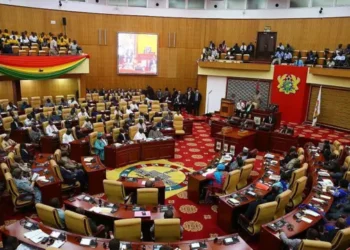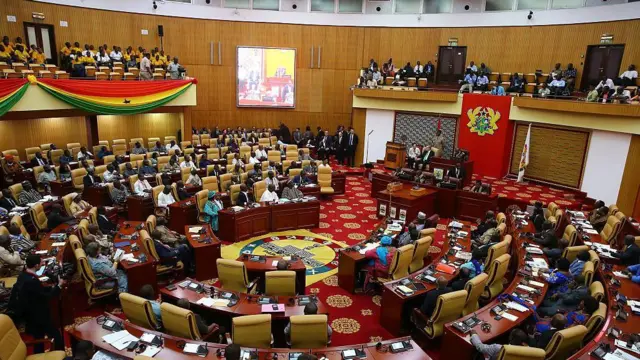Ghanaian households are projected to allocate 43% of spending for food and non-alcoholic drinks in 2021, declining slightly to 42.7% in 2025, according to Fitch Solutions.
This presents massive growth opportunity for the formal grocery retail sector, as consumers shift spending towards food and non-alcoholic drinks. Based on Fitch’s forecasts, this bodes well for the sector’s outlook over the medium-term.
In nominal terms, food and non-alcoholic drinks spending is forecast at GHS141.4 billion (US$23.8billion) and GHS160bn (US$25.7 billion) in 2021 and 2022 respectively.
Over the medium term, spending on food and non-alcoholic drinks will grow by an average of 12.9%, outpacing overall inflation (average forecast at 8.7% a year), taking food and non-alcoholic drinks spending to GHS229.7 billion (US$34.4 billion) in 2025.
The key drivers for this growth forecast are: income growth, increasing formalisation of households and consumers, urbanisation and higher labour force participation, Fitch noted.
Although still in its nascent stages, the mass grocery retail sector (MGR) is gaining traction in urban settings, where they have increased presence, particularly the wealthier neighbourhoods of the capital, Accra.
This increasing urbanisation is contributing to the formalisation of the country’s food and drink sector, with 60.5% (20.8 million people) of the population forecast to live in urban settings by 2025, up from the 58% (18.4 million) estimated in 2021.
Consumers in the country’s urban settings are increasingly switching their spending away from wet markets and purchasing food and drinks through the MGR channel. “This will accelerate, as more people enter the workforce and look for more time-efficient options to purchase their groceries,” Fitch said.
The main mass grocery retailing players operating in Ghana include Melcom, Shoprite, SPAR, Palace Supermarket and Maxmart, all mostly operating in Ghana’s major urban centres.
Real Disposable Income to rise but inflation presents headwinds
Fitch forecasts real household spending growth of 4.2% in 2021 will accelerate to 4.7% growth in 2022. This follows an estimated contraction of 1.1% in real household spending growth in 2020 due to the negative impact of the Covid-19 pandemic.
Real disposable income per household is forecast to grow by 5.6% over 2021, reaching an average of GHS31, 644 (US$5,319). In 2022, real disposable income grow by 8.7% year-on-year, to an average of GHS34, 388 (US$5, 520).
Over the medium-term, real disposable income growth is forecast to remain positive, expanding by an annual average of 8.3% a year to reach GHS44, 697 (USD6, 695) in 2025.
However, one key element remains the ‘stubbornly high’ rate of inflation in the country, which tends to impact the real gains in disposable incomes.
With average annual inflation rate at 8.7% over the medium term, “households in Ghana will remain price sensitive and will continue to prioritise essential spending categories over this period.”
As food and non-alcoholic drinks remain the largest portion of household budgets, “we believe there is potential for the consumer to shift into formal MGR, looking for deals and the lower prices that supermarkets will offer to lure in consumers.”
READ ALSO: Economist Expects 2022 Budget To Focus On Vaccine Procurement, Flagship Programs




















